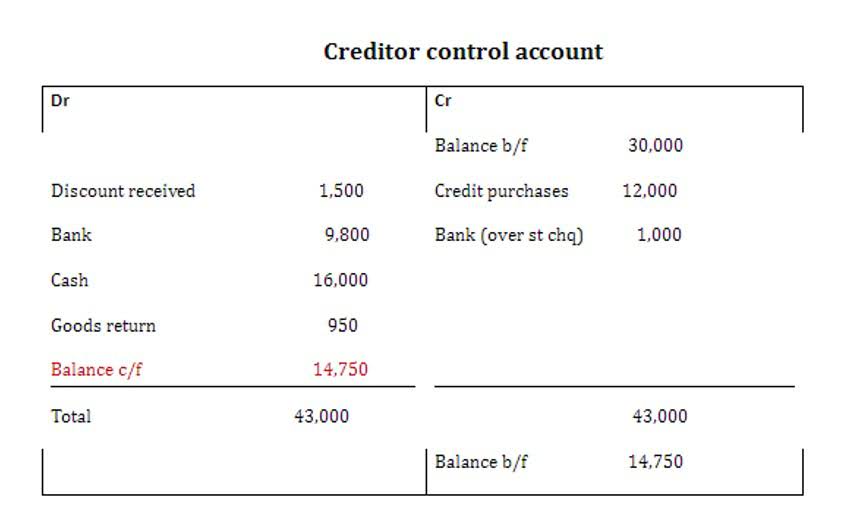
This method is quite easy to understand, and it is a universally accepted method of calculating the cost of goods sold. It is trusted to be generally fair, and it follows the natural flow of cost and production. Because the oldest inventory is recorded first there is little to no room for mistakes.
The Reorder Point Formula: How to Calculate It and Why It Matters

Small businesses face significant challenges in managing their logistics efficiently. Unlike large enterprises with vast fleets and extensive budgets, SMEs (Small and Medium Enterprises) must balance cost-effectiveness with operational efficiency. A Transport Management System for Small Businesses Bookkeeping for Veterinarians (TMS) offers an affordable and scalable way to streamline deliveries, optimise fleets, and enhance customer satisfaction. The global eCommerce industry is evolving at an unprecedented pace, and marketplace integrations have become critical for success. Businesses can no longer afford time-consuming manual processes or disjointed sales channels.
- This reversal occurs because in a deflationary environment, the newest inventory (used first in LIFO) is less expensive than older inventory.
- FIFO is the more straightforward method to use, and most businesses stick with the FIFO method.
- FIFO is also the most accurate method for reflecting the actual flow of inventory for most businesses.
- While FIFO refers to first in, first out, LIFO stands for last in, first out.
- Additionally, using the FIFO method can make your business appear more profitable than it is, which can lead to higher taxes.
- Therefore, the value of ending inventory is $92 (23 units x $4), which is the same amount we calculated using the perpetual method.
When should the FIFO method be used?
FIFO is a straightforward valuation method that’s easy for businesses and investors to understand. It’s also highly intuitive—companies generally want to move old inventory first, so FIFO ensures that inventory valuation reflects the real flow of inventory. In some cases, a business may not actually sell or dispose of its oldest goods first. FIFO is straightforward and intuitive, making it popular as an accounting method and useful for investors and business owners trying to assess a company’s profits. It’s also an accurate system for ensuring that inventory value reflects the market value of products. The inventory valuation method a company uses doesn’t have to follow the actual flow of inventory through the business, but it must support why it selected the valuation method.
Comments for Examples of FIFO Products in Real Life
- Unlike large enterprises with vast fleets and extensive budgets, SMEs (Small and Medium Enterprises) must balance cost-effectiveness with operational efficiency.
- The second way could be to adjust purchases and sales of inventory in the inventory ledger itself.
- Automated order splitting and routing direct purchases to the nearest warehouse or store.
- By the same assumption, the ending inventory value will be the cost of the most recent purchase ($4).
- When sales are recorded using the FIFO method, the oldest inventory—that was acquired first—is used up first.
- Learn more about what types of businesses use FIFO, real-life examples of FIFO, and the relevance of FIFO with frequently asked questions about the FIFO method.
As a result, the company would record lower profits or net income for the period. However, the reduced profit or earnings means the company would benefit from a lower tax liability. The first in, first out (FIFO) method assumes that the first unit making its way into inventory–the oldest inventory–is sold first. For example, let’s say that a bakery produces 200 loaves of bread on Monday at a cost of $1 each and produces 200 more on Tuesday at $1.25 each. According to the rules of FIFO, if the bakery sells 200 loaves on Wednesday, the COGS (on the income statement) is $1 per loaf because that was the cost of each of the first loaves in inventory.
Methods of calculating inventory cost
This method maintains clear financial records while simplifying the inventory tracking process. The FIFO method of inventory valuation results in an overstatement of gross margin in an inflationary environment and therefore does not necessarily reflect a proper matching of revenues and costs. For example, in an environment where inflation is on an upward trend, current revenue will be matched against older and lower-cost inventory items, resulting in the highest possible gross margin. Under the FIFO inventory method formula, the goods purchased at the earliest are the first to be removed from the inventory account.
- If you’re in a business managing inventory, the method you choose to value stock influences your operations, cash flow, profit margins, and the reliability of your financial reporting.
- LIFO takes a different approach by assuming your newest inventory will sell first.
- As an accounting practice, it assumes that the first products a company purchases are the first ones it sells.
- For instance, say a candle company buys a batch of 1,000 candles from their supplier at $2 apiece.
A few weeks later, they buy a second batch of 100 mugs, this time for $8 apiece. To calculate the value of ending inventory, a brand uses the cost of goods sold (COGS) of example of fifo the oldest inventory, despite any recent changes in costs. When Susan first opened her pet supply store, she quickly discovered her vegan pumpkin dog treats were a huge hit and brought in favorable revenue. But when it was time to replenish inventory, her supplier had already increased their prices. The accounts receivable turnover ratio indicates the health of your company.

This helps keep inventory fresh and reduces inventory write-offs which increases business profitability. Three units costing $5 each were purchased earlier, so we need to remove them from the inventory balance first, whereas the remaining seven units are assigned the cost of $4 each. It’s also the most accurate method of aligning the expected cost flow with the actual flow of goods. It reduces the impact of inflation, assuming that the cost of purchasing newer inventory will be higher than the purchasing cost of older inventory. The company’s accounts will better reflect the value of current inventory because the unsold products are also the newest ones.
However, ensuring that inventory costs are accurately managed and revenues are simultaneously optimized can be daunting, making working capital management a balancing act. Companies can choose between different accounting inventory methods, including LIFO and FIFO. What is bookkeeping Companies that opt for the LIFO method sell their most recent inventory first, which usually costs more to obtain or manufacture. A company’s taxable income, net income, and balance sheet are all impacted by its choice of inventory method. When all 250 units are sold, the entire inventory cost ($13,100) is posted to the cost of goods sold. Let’s assume that Sterling sells all of the units at $80 per unit, for a total of $20,000.

Why Is the FIFO Method Popular?

Learn more about what types of businesses use FIFO, real-life examples of FIFO, and the relevance of FIFO with frequently asked questions about the FIFO method. Sal’s Sunglasses is a sunglass retailer preparing to calculate the cost of goods sold for the previous year. On the basis of FIFO, we have assumed that the guitar purchased in January was sold first.
